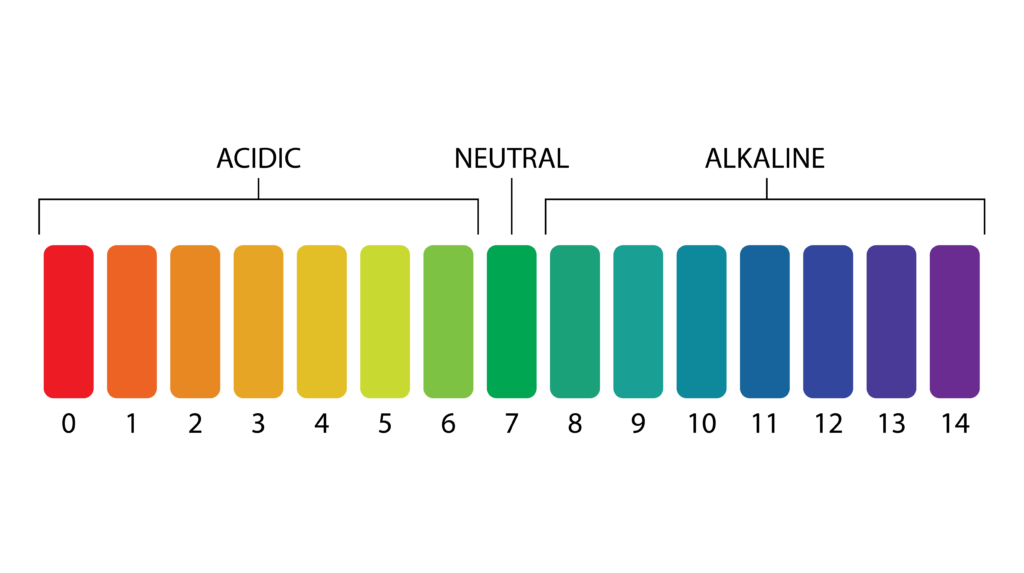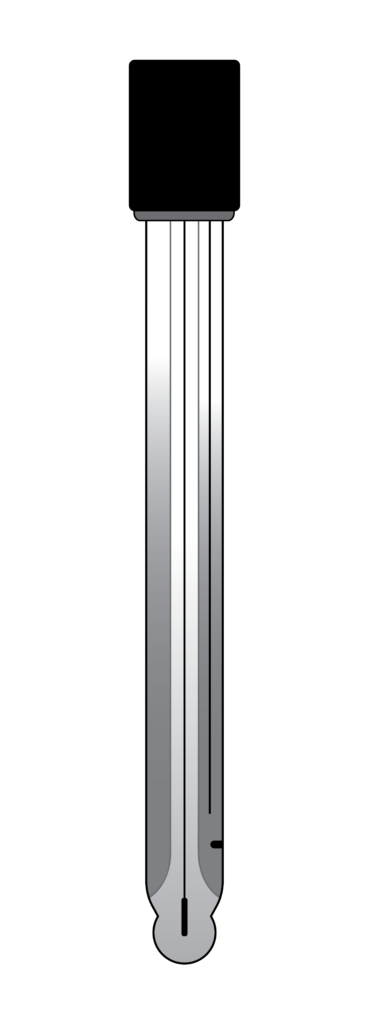When most people think of pH measurement, they typically recall the litmus paper tests from elementary school. You dip the litmus in your solution, and the resulting color change will indicate on the pH chart how acidic or basic the solution is.  There is an abundance of industrial processes that require pH analysis for various reasons. They include safety, monitoring product quality, and analyzing chemical reactions. These processes often take place in harsh environments and require much more in-depth instrumentation that far exceeds the capabilities of our old elementary school experiments. The most important of these instruments is the pH sensor. So, let’s explore how a pH sensor works.
There is an abundance of industrial processes that require pH analysis for various reasons. They include safety, monitoring product quality, and analyzing chemical reactions. These processes often take place in harsh environments and require much more in-depth instrumentation that far exceeds the capabilities of our old elementary school experiments. The most important of these instruments is the pH sensor. So, let’s explore how a pH sensor works.
pH SENSOR OPERATION
pH sensors monitor hydrogen-ion activity in a solution using electrodes. In doing so, the measuring electrode measures the ion exchange through the gel layer formed on the glass membrane and compares it to the measured voltage from the internal reference electrode.
UNDERSTANDING THE COMPONENTS OF A pH SENSOR
 However, to really understand how a pH sensor works correctly, we should also understand how the components of the sensor function.
However, to really understand how a pH sensor works correctly, we should also understand how the components of the sensor function.
Industrial pH sensors have specialized glass bodies with glass membranes using a special recipe that is compatible with the process liquids. The glass body contains three electrodes: a measurement electrode, a temperature electrode, and a reference electrode. The reference electrode is a key component of the reference system that also contains electrolyte. The design of electrolyte is to remain neutral at pH 7.
Once the immersed sensor comes in contact with the liquid, the special pH glass and forms a sensitive gel layer. A potential is generated from the measurement electrode based on the hydrogen ion activity around the gel layer. Further, the internal reference electrode must be electrically coupled with the solution being measured. This is done via a liquid junction. Junctions come in many forms based on the sensor type (Ex: ceramic, open hole, PTFE). The potentials from each of these electrodes are essential to calculate the measured pH value. The transmitter or the head of a smart digital sensor performs the calculation and provides you with a pH reading.
If you do not properly care for these components, the potentials may be unreliable, and the accuracy of your pH sensor will suffer.
SENSOR MAINTENANCE IS THE KEY TO KEEPING YOUR SENSOR FUNCTIONAL AND ACCURATE
Like any tool, sensors will sometimes require maintenance to continue functioning properly. Solution buildup, especially from alkaline solutions, and elevated temperatures are just a few examples of conditions that can alter the longevity of a sensor.
Sensors come in various shapes and sizes, each one tailored to specific applications. You can check out our catalog to discover which sensor works best for your process.
